Collection Care for Hellenistic Clay sealings from Edfu, Egypt
Published
Categories
Blog Post
Collected in 1906 by Royal Ontario Museum's founder, Charles T. Currelly, these Hellenistic, Ptolemaic period, clay seal impressions were originally used like sealing wax to secure rolls of papyrus documents Edfu.
The sealings, made from about 325- 25 BCE, are tiny and very fragile bits of unfired clay. They preserve a delicate impression of a carved sealstone like that from a signet ring. Scenes from Graeco-Egyptian mythology, as well as individual female and male portraits, and group portraits, are popular subjects. On average, each sealing is about 2 cm wide, some even less.
Small-diameter petri dishes were sourced to house the sealings.
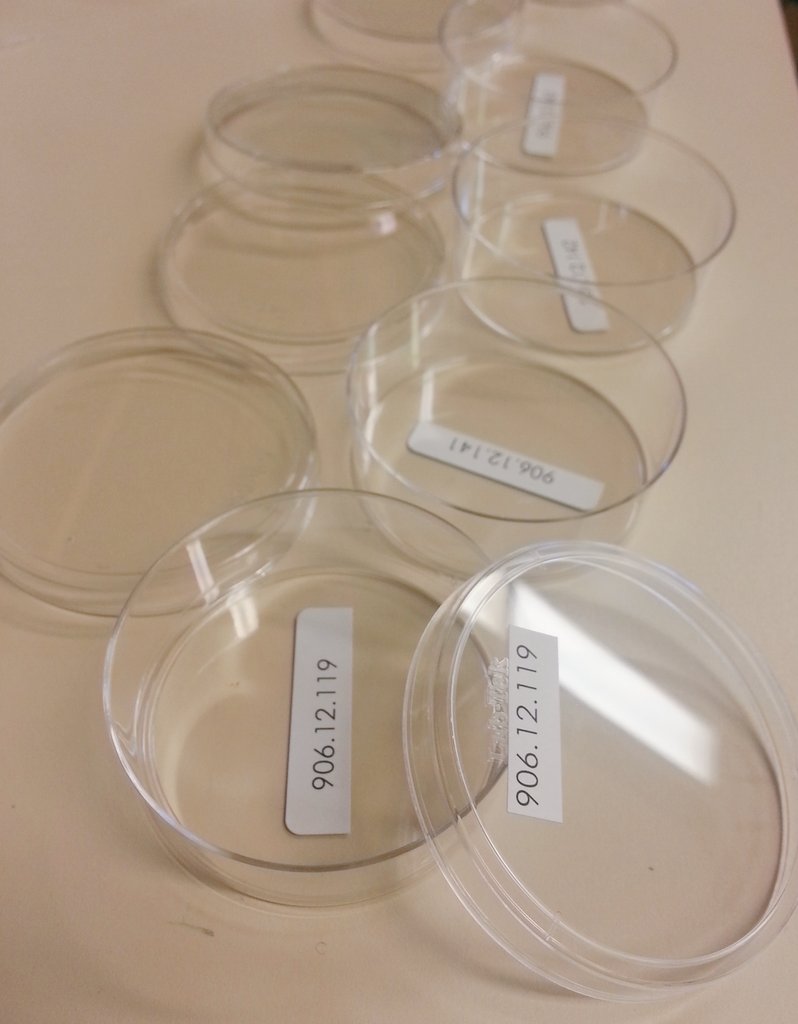
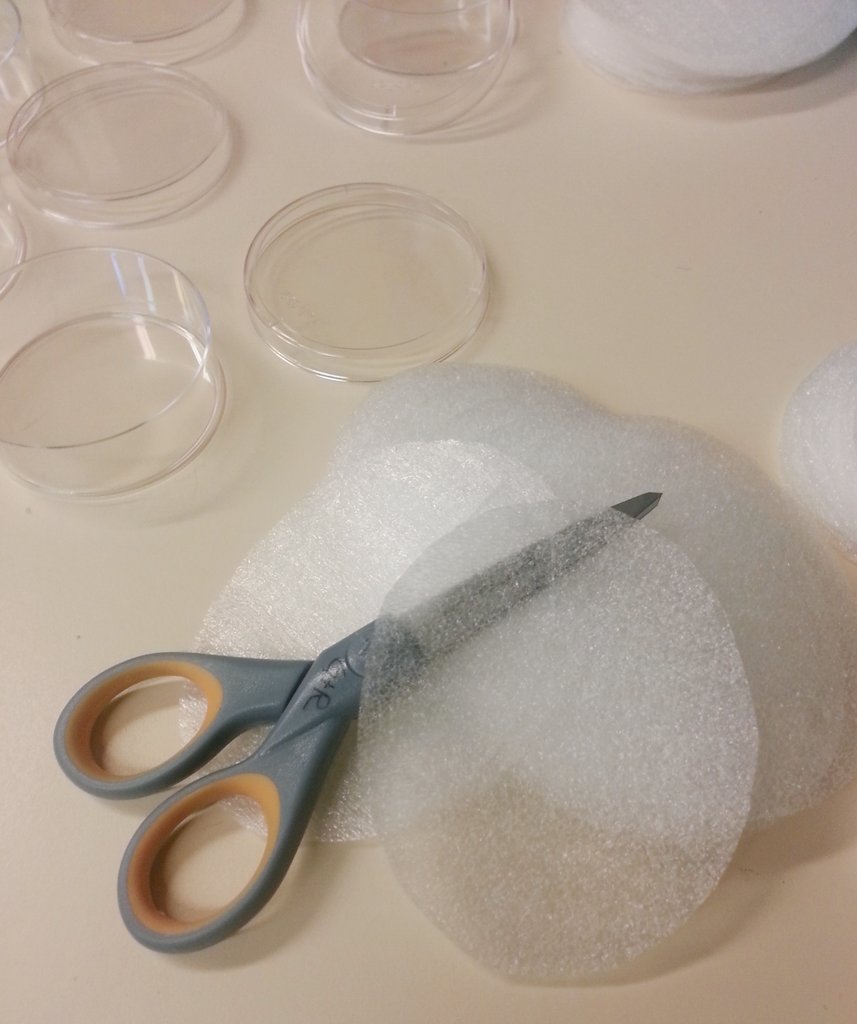
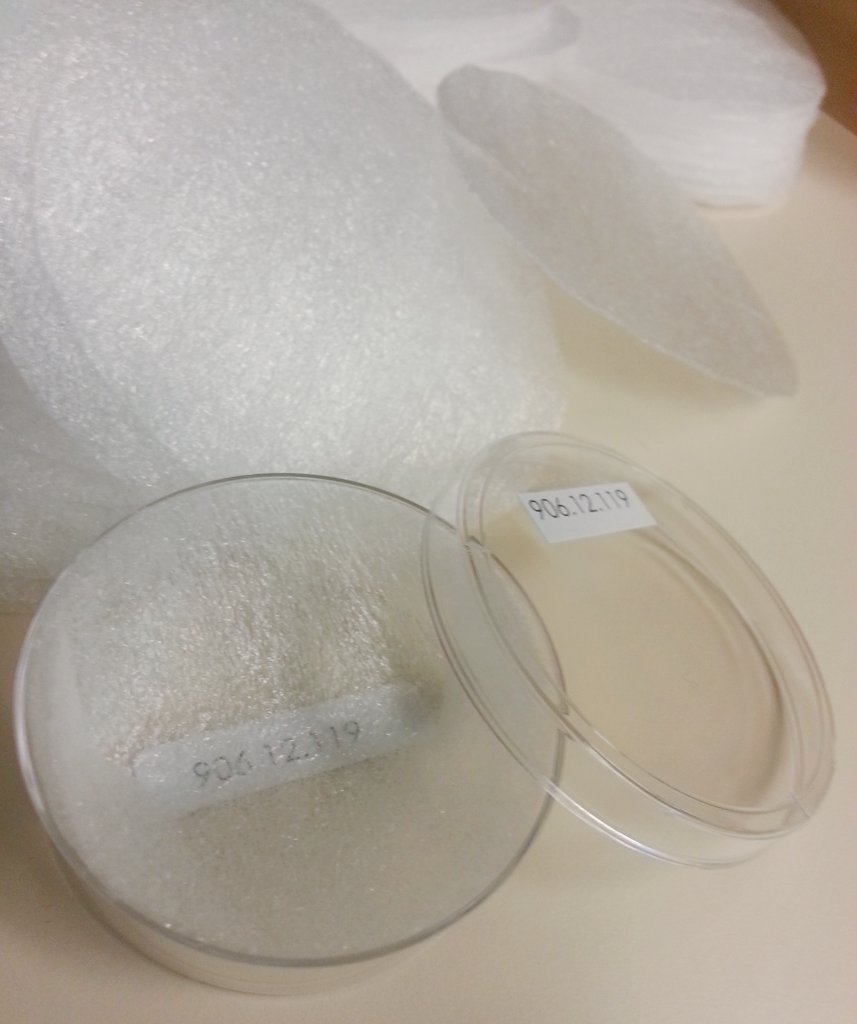
Each dish & lid was numbered & carefully lined with a cushioning cup of ethafoam.
Moving the sealings from an old mass storage tray as pictured here:
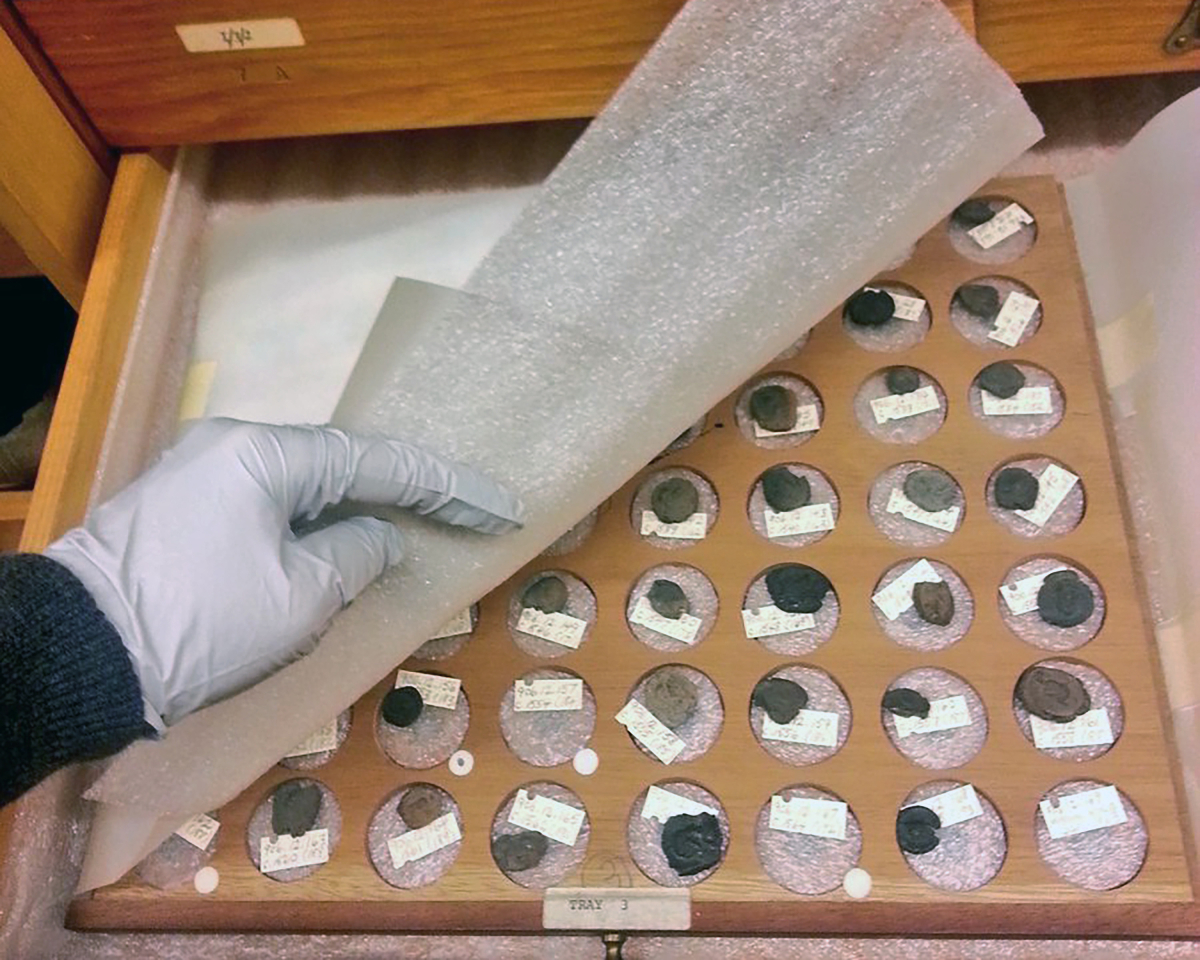
Into individual dishes affords more flexibility combined with greater artifact protection when handling the seals.
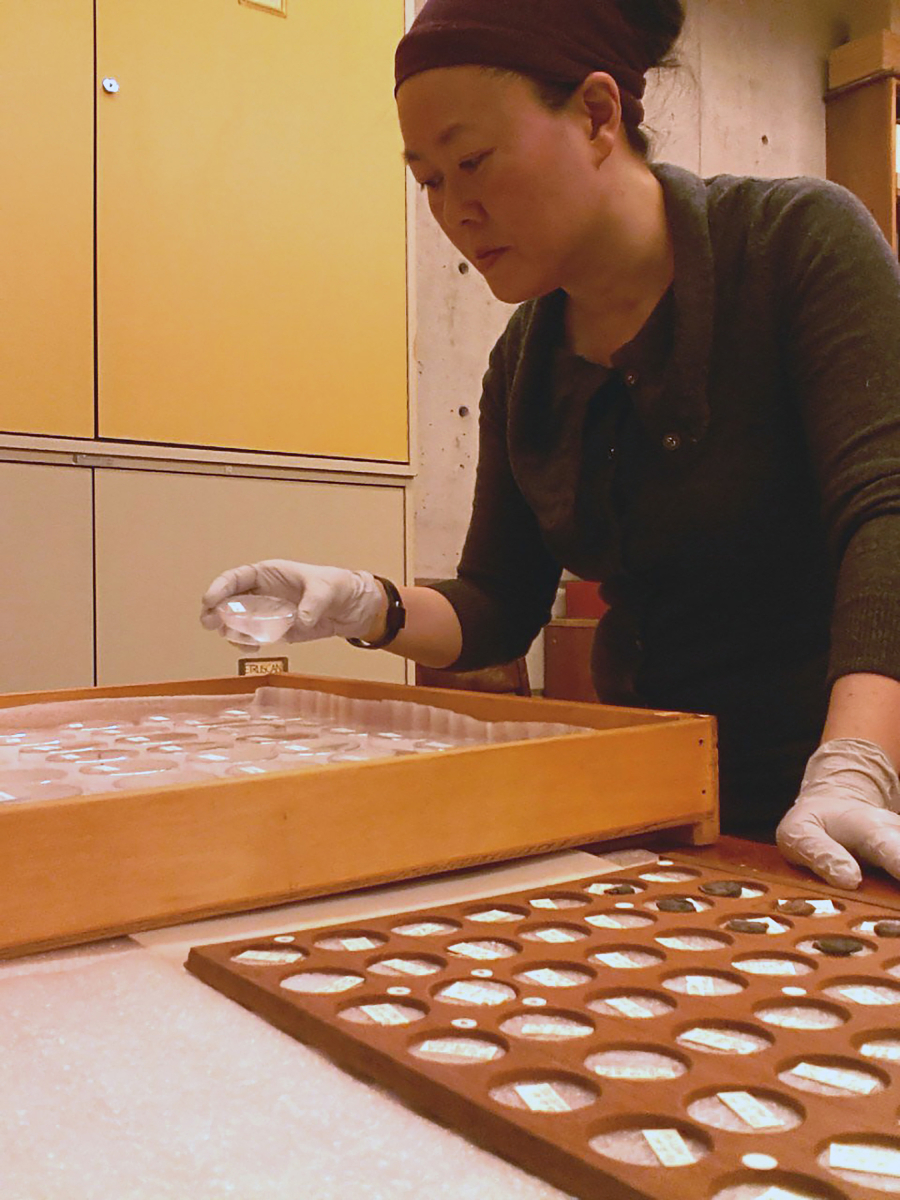

The Edfu sealings were photographed for a collaborative project with researchers at the Allard Pierson Museum, Amsterdam. This study of Ptolemaic Egyptian iconography and socio-politics is published in Hellenistic sealings & archives: proceedings of the Edfu Connection



